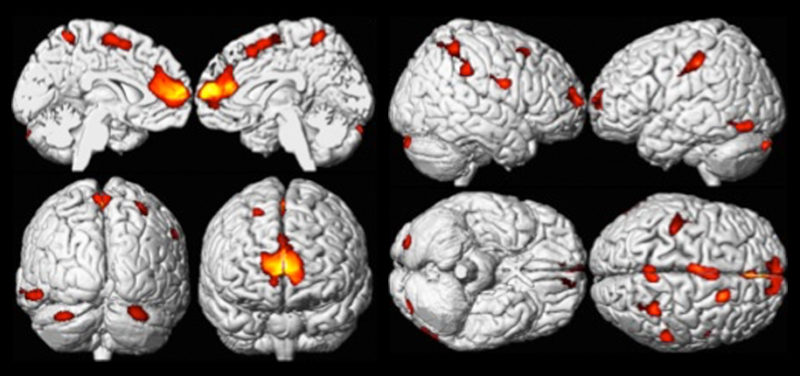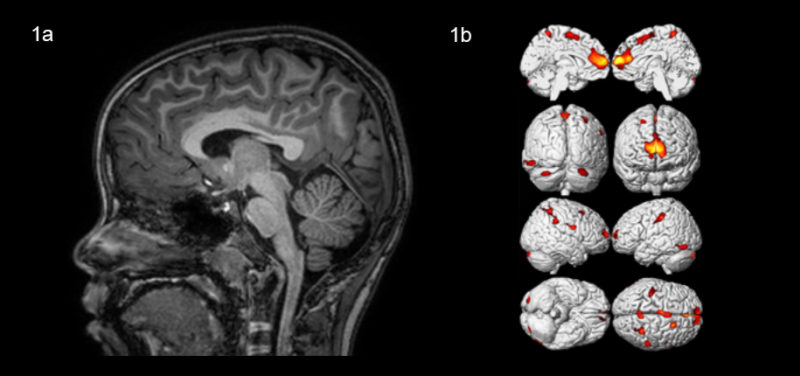
Our families and homes are made safer from household fires with the use of flame-retardant chemicals in our clothing, furniture, carpeting, electronics, and home’s insulation. However, there is now evidence that certain types of flame-retardant chemicals can interfere with childhood development.
Researchers at Cincinnati Children’s have received two, five-year grants from the National Institute of Environmental Health Sciences, totaling $4.5 million, to study the impact of prenatal and childhood exposures to common environmental chemicals, including exposure to flame retardants, on the brain and body.
Kim Cecil, PhD, professor of Radiology, Pediatrics and Environmental Health, one of the grant’s principal investigators, will use advanced magnetic resonance imaging (MRI) methods to study approximately 240 children between the ages of 10 and 13 years old. Using our newest research-dedicated MRI scanner located within the Schubert Research Clinic, Dr. Cecil will measure brain size, how the brain is organized, and how the brain functions to see if these neuroimaging outcomes are affected by exposure to flame retardant chemicals. (Figures illustrating one of the approaches are shown below).
Study participants are the offspring of mothers who were enrolled in the Health Outcomes and Measures of the Environment (HOME) study. More than 97% of these mothers had detectable levels of brominated flame retardant chemicals during pregnancy. After being released from common household products, usually as gases, these chemicals eventually accumulate in our bodies within the blood, fat and breast milk. These chemicals are thought to interfere with normal hormone functions.
Dr. Cecil has been studying the effects of environmental chemicals, such as lead, on brain development. Her work requires an epidemiological approach, which is studying effects in a group, as the microscopic differences are difficult to detect in single individuals.

Figures 1a) and 1b). High-resolution brain images, like one slice shown in (a) from over 150 participants of the Cincinnati Lead Study are combined and compared using specialized computer software to produce what is known as a brain rendering, shown in (b) to illustrate the regions with reduced brain gray matter volume associated with high childhood blood lead concentrations.
Kimberly Yolton PhD, Professor of Pediatrics, and Joseph Braun, PhD are also co-investigators of these grant awards.
Contributed by Kin Cecil, PhD and edited by Tony Dandino, SPEC-MR QUALITY.
